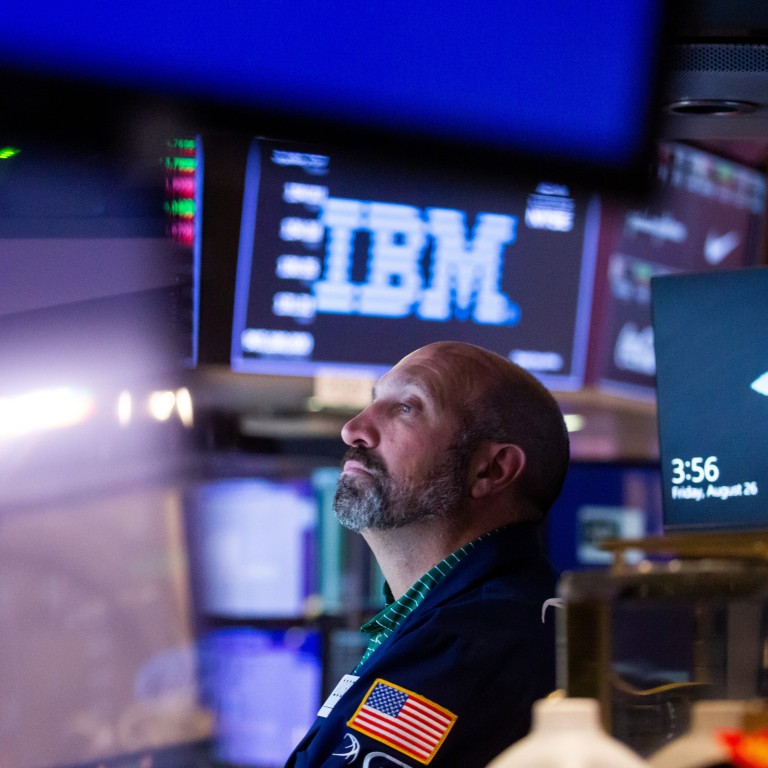
Too soon to say about an S&P 500 rally despite surprise US earnings boost
- Most third-quarter US earnings reports outdid expectations but serious headwinds are ahead given the strong dollar, China’s Covid-19 policy and Europe’s situation
- Investor concern over inflation and higher interest rates will also put pressure on company valuations and stock prices
More than three quarters of S&P 500 companies have reported their earnings, with around 60 per cent outperforming expectations of their operating earnings per share (EPS), mainly driven by continued strength in the industrial sector, and supported by other higher growth sectors such as information technology and health care.
Early earnings reports have also noted additional headwinds of softening consumer demand and higher prices, increasing labour costs, higher freight costs and a build-up of excess inventory.
The energy sector is expected to lead the earnings growth due to higher crude oil and natural gas prices in the third quarter. Similarly, estimates indicate a strong quarter for the industrial sector.
Airline companies’ profit growth is expected to slow due to rising costs relative to demand, but are expected to stay profitable. The transport sector should also be in good shape, as the rail companies benefit from higher volumes and higher pricing due to fuel surcharges.
The materials sector is likely to be weaker given a pullback in commodity prices and higher exposure to foreign markets.
The financial sector is expected to contract, primarily due to a build-up in loan loss provisions, weak investment banking activity and slower loan growth. But higher interest rates and market volatility may help to offset these pressures by boosting net interest income and trading revenues.
Turning to the growth sectors, consumer discretionary goods could be well supported by demand for services, in contrast to recent quarters, although preliminary reports have highlighted softening consumer demand in retail and production issues at car companies.
While the healthcare and information technology sectors have reported stronger-than-expected earnings so far, this growth is expected to subside for a few reasons.
Among the healthcare names, Covid-19 vaccine and testing sales are expected to fall from their peak in the third quarter of last year, and this will drag on profit growth. In information technology, persistent inflation and fears of a global slowdown have seemingly hurt demand for hardware, with companies announcing plans to scrap production increases and cut spending.
The communication services sector is tracking a much sharper decline than its growth peers, as analysts are pessimistic about the sector’s ability to further grow streaming and gaming subscriptions.
As with the previous quarter, operating leverage, which is defined as the change in operating income from a 1 per cent change in revenues, will be important for profitability. Value sectors tend to have more operating leverage than growth sectors.
Profits in sectors with greater operating leverage should be more resilient given elevated inflation over the next few months, but as economic growth begins to slow and inflation cools, we may see investors rotate back into “growthier” parts of the market.
Higher interest rates will put pressure on equity valuations, so it is still difficult for investors to be too optimistic about US equities at this stage of the economic cycle.
Clara Cheong is a Singapore-based global market strategist at JP Morgan Asset Management




